- Teacher: Sally Goldman
- Teacher: Maureen Healy
- Teacher: Joel Martinez
Lewis & Clark Moodle
Search results: 3449
- Teacher: Colin Patrick
- Teacher: Colin Patrick
application to contemporary life.
- Teacher: Colin Patrick
application to contemporary life.
- Teacher: Joel Martinez
emphasis on implications for the relationship
between law and morality, principles of criminal
and tort law, civil disobedience, punishment and
excuses, and freedom of expression.
- Teacher: Eli Lichtenstein
- Teacher: Eli Lichtenstein
- Teacher: Colin Patrick
- Teacher: Colin Patrick
specific theme or topic. Students investigate how
philosophy is represented and enacted in a
specific area as well as by participating in its
enactment. Possible topics include philosophy and
existentialism, philosophy and Latin America,
philosophy and literature, philosophy and race,
gender, class.
- Teacher: Eli Lichtenstein
- Teacher: Colin Patrick
specific theme or topic. Students investigate how
philosophy is represented and enacted in a
specific area as well as by participating in its
enactment. Possible topics include philosophy and
existentialism, philosophy and Latin America,
philosophy and literature, philosophy and race,
gender, class.
- Teacher: Eli Lichtenstein
specific theme or topic. Students investigate how
philosophy is represented and enacted in a
specific area as well as by participating in its
enactment. Possible topics include philosophy and
existentialism, philosophy and Latin America,
philosophy and literature, philosophy and race,
gender, class.
- Teacher: Colin Patrick
- Teacher: Colin Patrick
- Teacher: Colin Patrick
- Teacher: Eli Lichtenstein
- Teacher: Colin Patrick
data collection, study design, data analysis, and
the dissemination and application of data.
Practical guidance about how to uncover ethical
weaknesses in existing protocols and how to
undertake constructive, effective, fair data
scientific research and application of automated
processes. Survey of technological advances in
strategies for collecting data, implementing
studies, analyzing data, and disseminating
findings both to broad public audiences and to
narrow groups who are disproportionately impacted.
Explores research on the consequences of choices
made by human and machine actors and assemblages
of human-in-the-loop sociotechnical systems.
Focuses on both legal and ethical frameworks.
- Teacher: Colin Patrick
- Teacher: Colin Patrick
- Teacher: Colin Patrick
- Teacher: Joel Martinez

planets, and other objects in the solar system; of
stars, star systems, galaxies, and the universe as
a whole. Focus on conceptual understanding rather
than on a catalog of objects. Basic laws of
physics, including Newton's laws of motion and
gravitation, laws governing energy and its
transformations, theories of matter and radiation.
How the distance, size, mass, brightness, and
composition of remote objects are determined.
General theory of stellar evolution including
nuclear synthesis, origins of life on earth, and
origin and fate of the solar system. Occasional
evening observations at the Karle Observatory atop
the Olin Center for Physics and Chemistry.
- Teacher: Matthew Powell
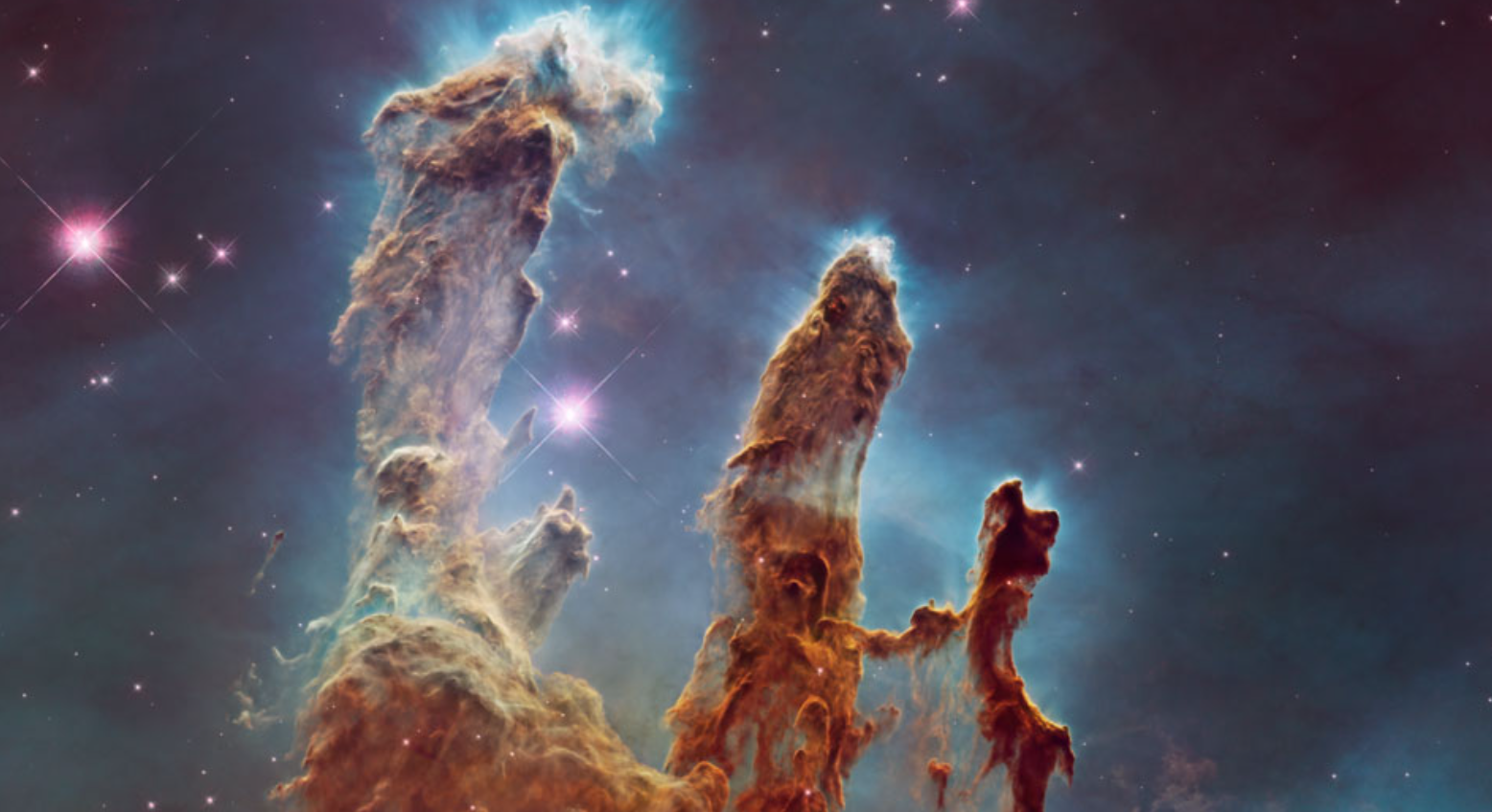
planets, and other objects in the solar system; of
stars, star systems, galaxies, and the universe as
a whole. Focus on conceptual understanding rather
than on a catalog of objects. Basic laws of
physics, including Newton's laws of motion and
gravitation, laws governing energy and its
transformations, theories of matter and radiation.
How the distance, size, mass, brightness, and
composition of remote objects are determined.
General theory of stellar evolution including
nuclear synthesis, origins of life on earth, and
origin and fate of the solar system. Occasional
evening observations at the Karle Observatory atop
the Olin Center for Physics and Chemistry.
- Teacher: Matthew Powell

- Teacher: Matthew Powell
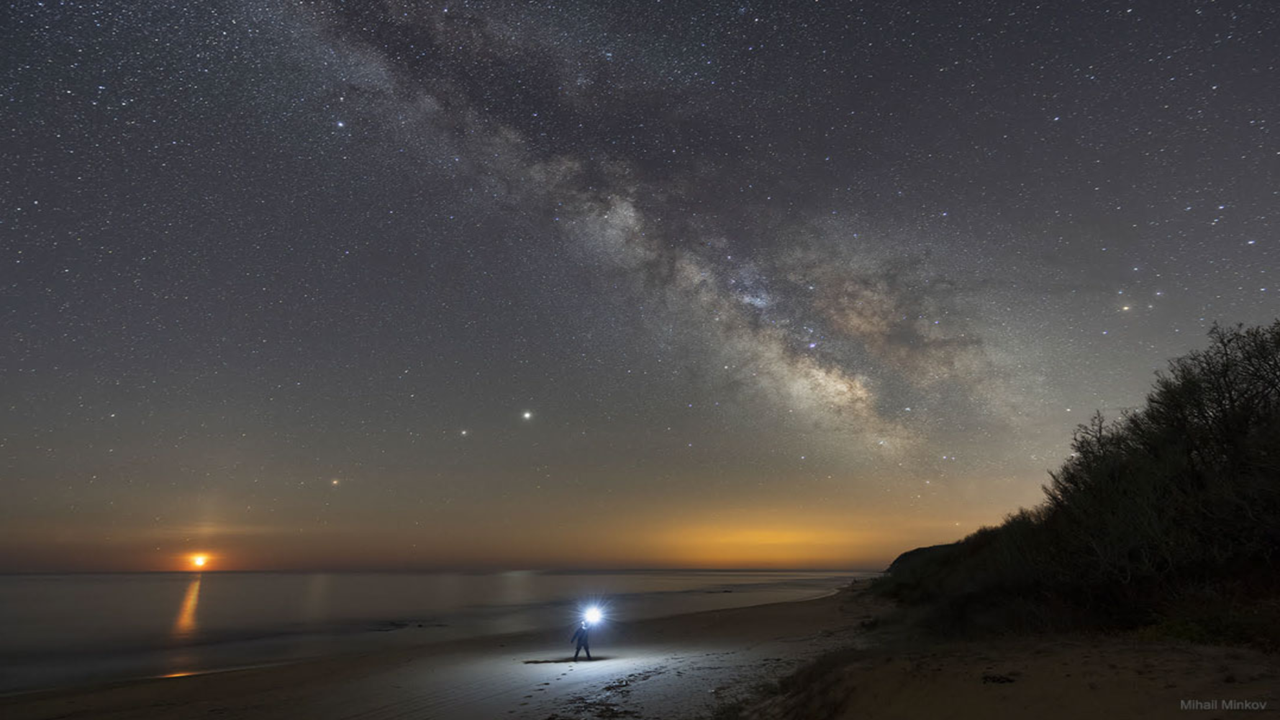
- Teacher: Matthew Powell

- Teacher: Matthew Powell

planets, and other objects in the solar system; of
stars, star systems, galaxies, and the universe as
a whole. Focus on conceptual understanding rather
than on a catalog of objects. Basic laws of
physics, including Newton's laws of motion and
gravitation, laws governing energy and its
transformations, theories of matter and radiation.
How the distance, size, mass, brightness, and
composition of remote objects are determined.
General theory of stellar evolution including
nuclear synthesis, origins of life on earth, and
origin and fate of the solar system. Occasional
evening observations at the Karle Observatory atop
the Olin Center for Physics and Chemistry.
- Teacher: Matthew Powell
- Teacher: Stephen Tufte
and understand the physical universe. Conservation
of energy, second law of thermodynamics, entropy,
theory of relativity, wave-particle duality of
matter.
- Teacher: Bethe Scalettar
- Teacher: Bethe Scalettar
- Teacher: Bethe Scalettar
- Teacher: Bethe Scalettar
- Teacher: Bethe Scalettar
- Teacher: Bethe Scalettar

physics course aimed at life science and chemistry
majors. Kinematics, vectors, force, statics, work,
energy, linear and angular momentum, oscillations,
fluids. Students may not earn credit for both PHYS
141 and PHYS 151. Lecture, lab.
- Teacher: Matthew Powell
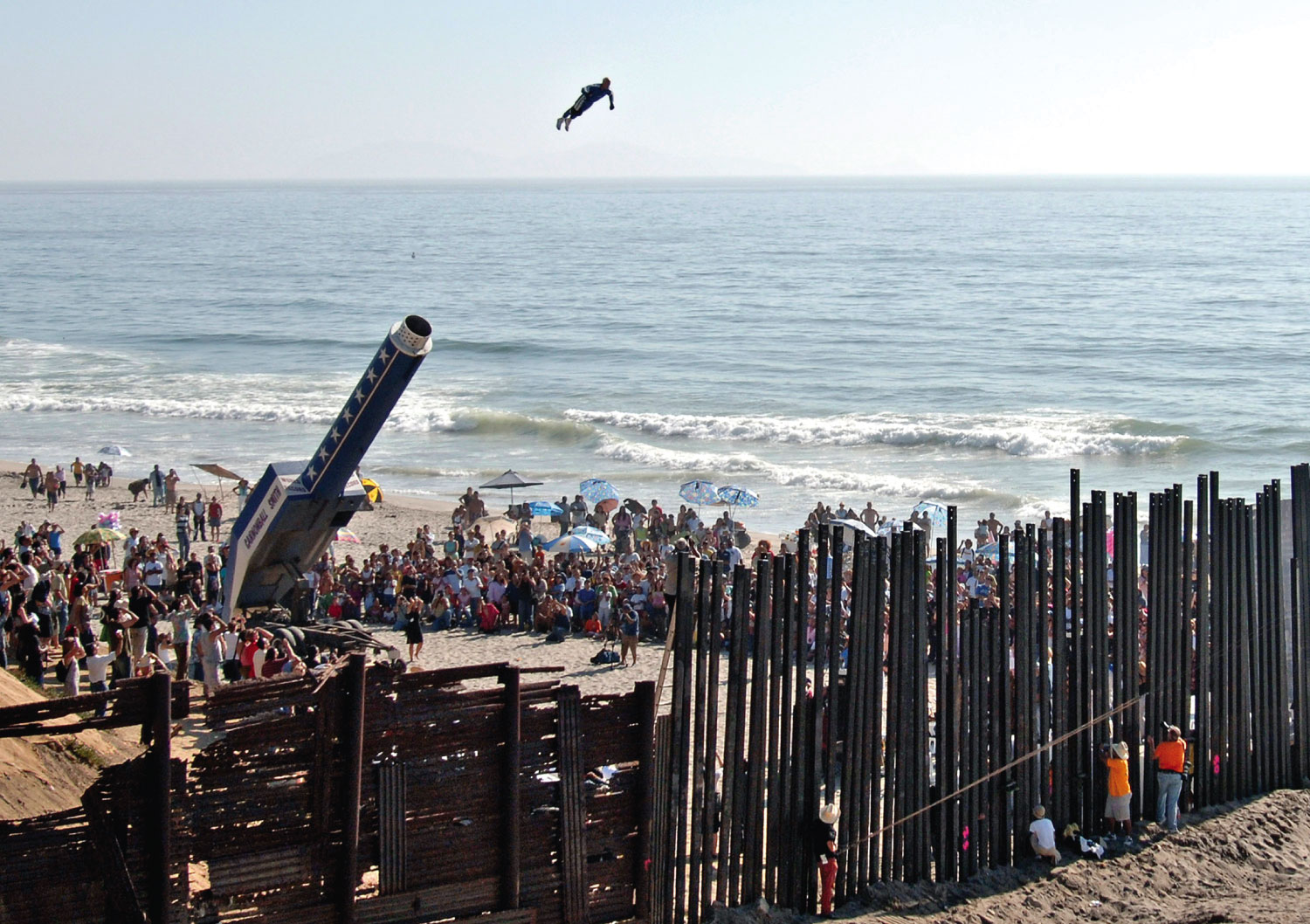
- Teacher: Emma Hataway
- Teacher: Matthew Powell

- Teacher: Matthew Powell

introductory physics course aimed at life science
and chemistry majors. Electrostatics, magnetism,
induced currents and fields, electrical circuits,
wave motion and sound, light, optics, wave
properties of matter, atomic physics, nuclear
physics. Students may not earn credit for both
PHYS 142 and PHYS 152. Lecture, lab.
- Teacher: Matthew Powell
- Teacher: Matthew Powell

- Teacher: Ben Olsen

blocks of matter. Masses on springs, pendula,
waves on strings, sound waves, light waves. Optics
including the action of lenses, examples of
diffraction, interference. Wave-particle duality
of light and the electron. Quantum mechanics,
behavior of electrons in atoms, atoms in
molecules, protons and neutrons in nuclei, quarks
in protons and neutrons. Students may not earn
credit for both PHYS 142 and PHYS 152. Lecture,
lab.
- Teacher: Matthew Powell
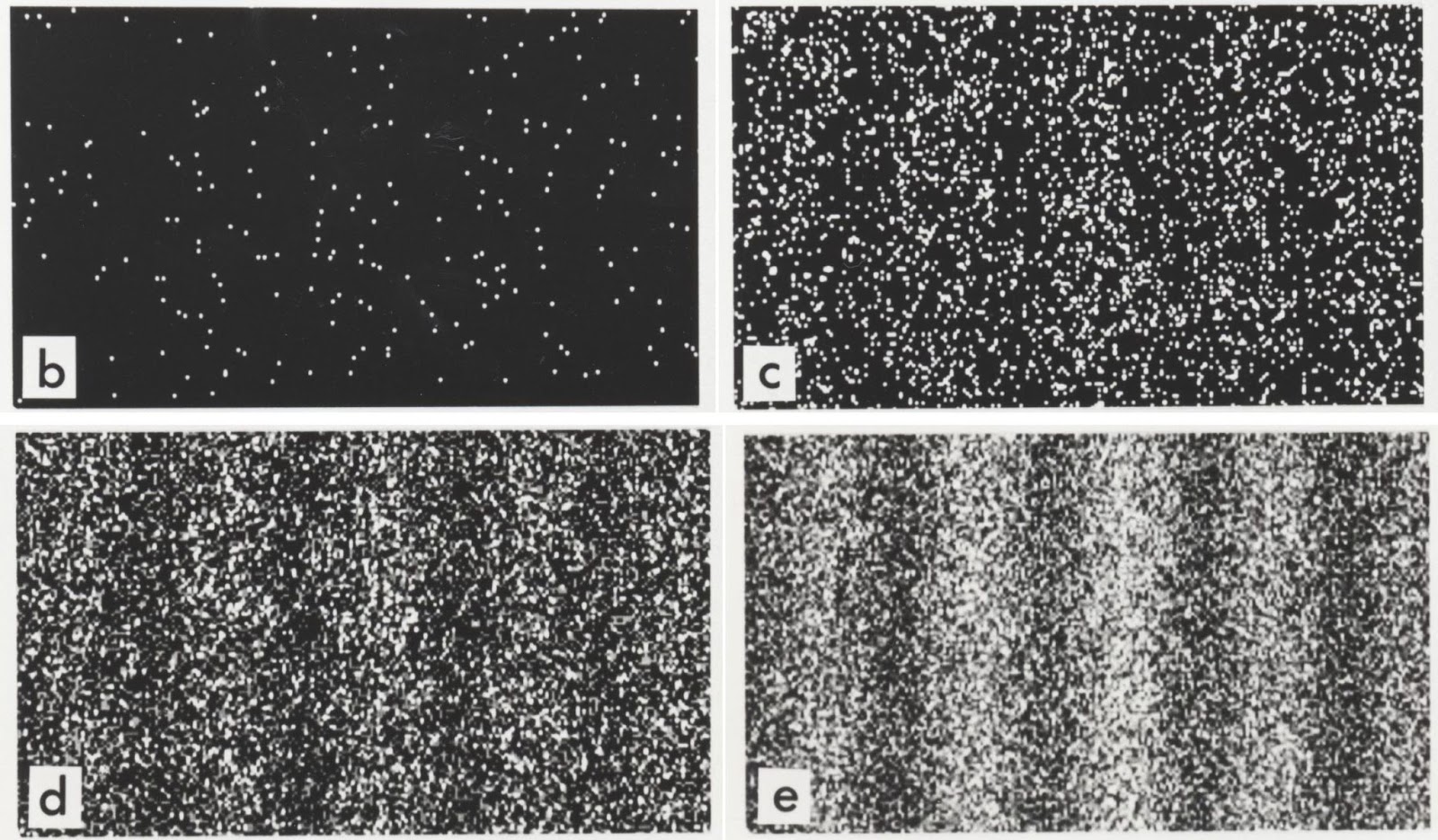
- Teacher: Alexis Chomyn
- Teacher: Matthew Powell

- Teacher: Matthew Powell

blocks of matter. Masses on springs, pendula,
waves on strings, sound waves, light waves. Optics
including the action of lenses, examples of
diffraction, interference. Wave-particle duality
of light and the electron. Quantum mechanics,
behavior of electrons in atoms, atoms in
molecules, protons and neutrons in nuclei, quarks
in protons and neutrons. Students may not earn
credit for both PHYS 142 and PHYS 152. Lecture,
lab.
- Teacher: Matthew Powell
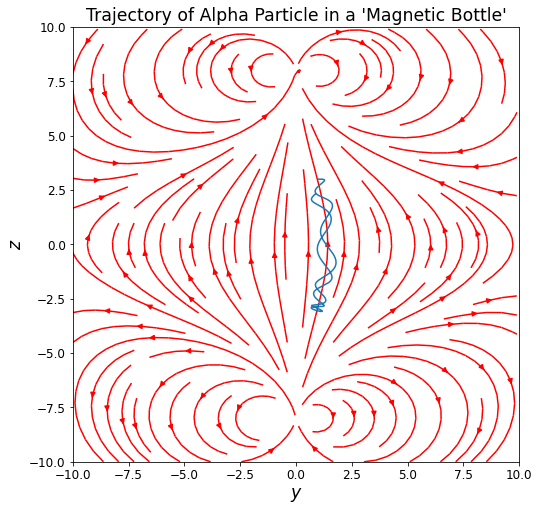
- Teacher: Kaia O'Neill
- Teacher: Matthew Powell
imaging techniques used in science and medicine
and explores some of the physics underlying these
techniques. Concepts are explored through
lectures, readings, and hands-on, out-of-class
activities. Elementary concepts from fields of
physics including electromagnetism, optics, and
modern physics are used to explain microscopy,
endoscopy, ultrasound, CAT scans, and magnetic
resonance imaging.
- Teacher: Bethe Scalettar
- Teacher: Bethe Scalettar
- Teacher: Bethe Scalettar
- Teacher: Bethe Scalettar
physical systems of classical mechanics and the
physical interpretation of mathematical solutions.
Linear oscillating systems, the two-body problem,
rotating and accelerated reference frames,
rotation of extended bodies, theory of scattering.
Newtonian methods, methods of Lagrange and
Hamilton, phase space analysis.
- Teacher: Bethe Scalettar
- Teacher: Bethe Scalettar
- Teacher: Bethe Scalettar
- Teacher: Bethe Scalettar
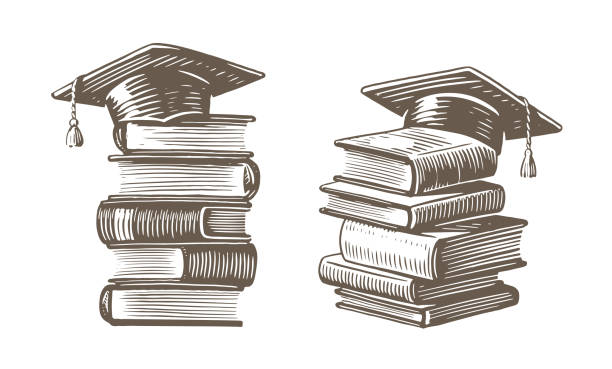
- Teacher: Jeffrey Christensen
- Teacher: Alexia Deleon
- Teacher: Cort Dorn-Medeiros
- Teacher: Carol Doyle
- Teacher: Nori Gruber
- Teacher: Justin Henderson
- Teacher: Stella Kerl-Mcclain
- Teacher: Rafe McCullough
- Teacher: Counseling Psychology
- Teacher: Amy Rees
- Teacher: Jude Singer
Use this page to upload supervisor evaluation and exit documents only.
Use Saleforce to record your hours.
- Teacher: Jeffrey Christensen
- Teacher: Alexia Deleon
- Teacher: Cort Dorn-Medeiros
- Teacher: Stella Kerl-Mcclain
- Teacher: Counseling Psychology
- Teacher: Amy Rees
- Teacher: Jeffrey Christensen
- Teacher: Counseling Psychology
- Teacher: Amy Rees
- Teacher: Stella Kerl-Mcclain
- Teacher: Counseling Psychology
- Teacher: Amy Rees
- Teacher: Counseling Psychology
- Teacher: Amy Rees
Use this page to upload supervisor evaluation and exit documents only.
Use Saleforce to record your hours.
- Teacher: Jeffrey Christensen
- Teacher: Counseling Psychology
- Teacher: Amy Rees
Use this page to upload supervisor evaluation and exit documents only.
Use Saleforce to record your hours.
- Teacher: Cort Dorn-Medeiros
- Teacher: Counseling Psychology
- Teacher: Amy Rees
Use this page to upload supervisor evaluation and exit documents only.
Use Saleforce to record your hours.
- Teacher: Stella Kerl-Mcclain
- Teacher: Counseling Psychology
- Teacher: Amy Rees
Use this page to upload supervisor evaluation and exit documents only.
Use Saleforce to record your hours.
- Teacher: Counseling Psychology
- Teacher: Amy Rees
Use this page to upload supervisor evaluation and exit documents only.
Use Saleforce to record your hours.
- Teacher: Jeffrey Christensen
- Teacher: Counseling Psychology
- Teacher: Amy Rees
Use this page to upload supervisor evaluation and exit documents only.
Use Saleforce to record your hours.
- Teacher: Alexia Deleon
- Teacher: Counseling Psychology
- Teacher: Amy Rees
Use this page to upload supervisor evaluation and exit documents only.
Use Saleforce to record your hours.
- Teacher: Counseling Psychology
- Teacher: Amy Rees
- Teacher: Stephanie Solano
- Teacher: Alexia Deleon
- Teacher: Cort Dorn-Medeiros
- Teacher: Bernette Jenkins-Pleas
- Teacher: Stella Kerl-Mcclain
- Teacher: Counseling Psychology
- Teacher: Amy Rees
comparative politics. Fundamental differences in
the organization of states, democratic political
institutions (presidentialism versus
parliamentarianism, for example), and domestic
social forces (for example, social capital, ethnic
versus nonethnic identities). The impact of
political organization on economic performance and
social peace.
- Teacher: Ben Gaskins
- Teacher: Ben Gaskins
- Teacher: Ben Gaskins
comparative politics. Fundamental differences in
the organization of states, democratic political
institutions (presidentialism versus
parliamentarianism, for example), and domestic
social forces (for example, social capital, ethnic
versus nonethnic identities). The impact of
political organization on economic performance and
social peace.
- Teacher: Ben Gaskins
- Teacher: Ben Gaskins
- Teacher: Ben Gaskins

within and among the executive, legislative, and
judicial branches; the federal division of
institutionalized powers; public opinion, interest
groups, and political parties; the policy process
in areas such as defense, welfare, civil rights
and liberties, and international affairs.
- Teacher: Todd Lochner
within and among the executive, legislative, and
judicial branches; the federal division of
institutionalized powers; public opinion, interest
groups, and political parties; the policy process
in areas such as defense, welfare, civil rights
and liberties, and international affairs.
- Teacher: Ben Gaskins
- Teacher: Ben Gaskins
- Teacher: Ben Gaskins

- Teacher: Todd Lochner
- Teacher: Ben Gaskins
- Teacher: Ben Gaskins
- Teacher: Ben Gaskins
- Teacher: Ben Gaskins

- Teacher: Todd Lochner
- Teacher: Ben Gaskins
- Teacher: Ben Gaskins
- Teacher: Ben Gaskins
political process; the problem of identifying the
public and the extent to which this public
exercises political authority; techniques of
researching public opinion. Political
socialization, formation of attitudes, group
differences, mass opinion, elite opinion, direct
action. Research design, data collection, scaling,
analysis, and interpretation of data in the
context of research on polling.
- Teacher: Ben Gaskins

- Teacher: Todd Lochner

- Teacher: Todd Lochner

American political system. Examination of
institutional actors such as lawyers, judges, and
juries, as well as an examination of discrete case
studies such as "mass torts" and the criminal
justice system. What features define the American
legal system; how does this system compare to
those of other countries; what are its respective
advantages and disadvantages?
- Teacher: Todd Lochner

1787 to the present. The court's landmark
constitutional decisions, as well as the theory
and techniques of constitutional interpretation.
The court's authority within the wider political
and social context of American government, with
emphasis on the court's jurisprudence in the areas
of equal protection (including segregation and
desegregation, affirmative action, gender
discrimination, and sexual orientation
discrimination) and due process (including privacy
and abortion rights). Discussions of actual
Supreme Court rulings, majority opinions, and
dissenting arguments, as well as the political and
historical context of those decisions in an effort
to understand how and why the Supreme Court has
played such an influential role in American
politics and political thought.
- Teacher: Todd Lochner
- Teacher: Todd Lochner

- Teacher: Todd Lochner

- Teacher: Todd Lochner
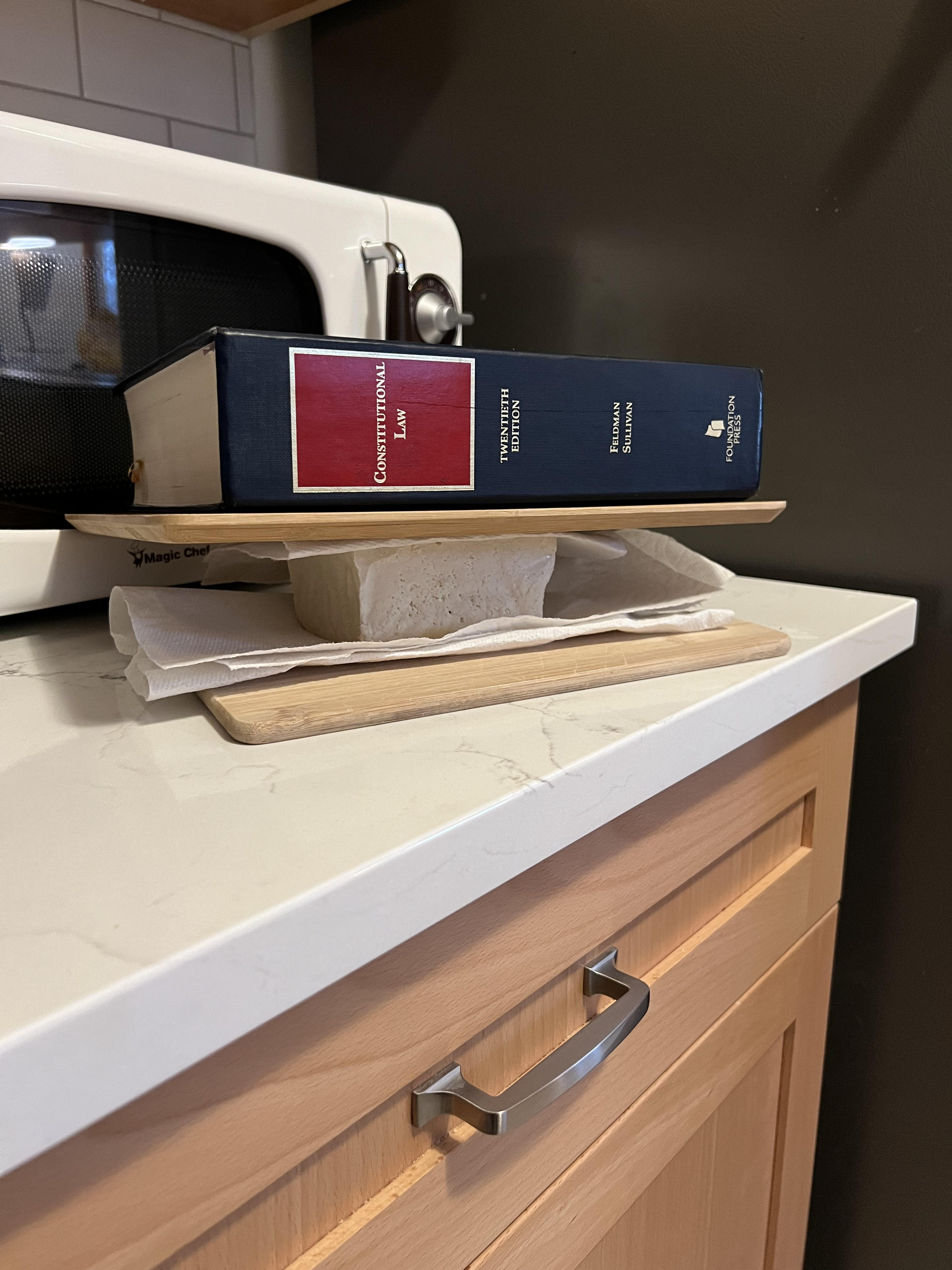
- Teacher: Todd Lochner

- Teacher: Todd Lochner
- Teacher: Ben Gaskins
- Teacher: Ben Gaskins
- Teacher: Ben Gaskins
- Teacher: Todd Lochner